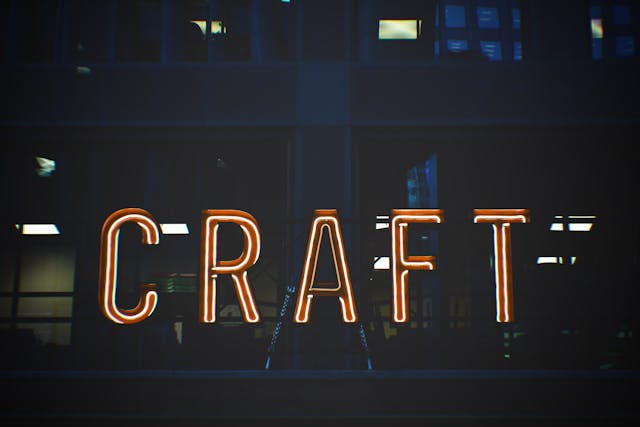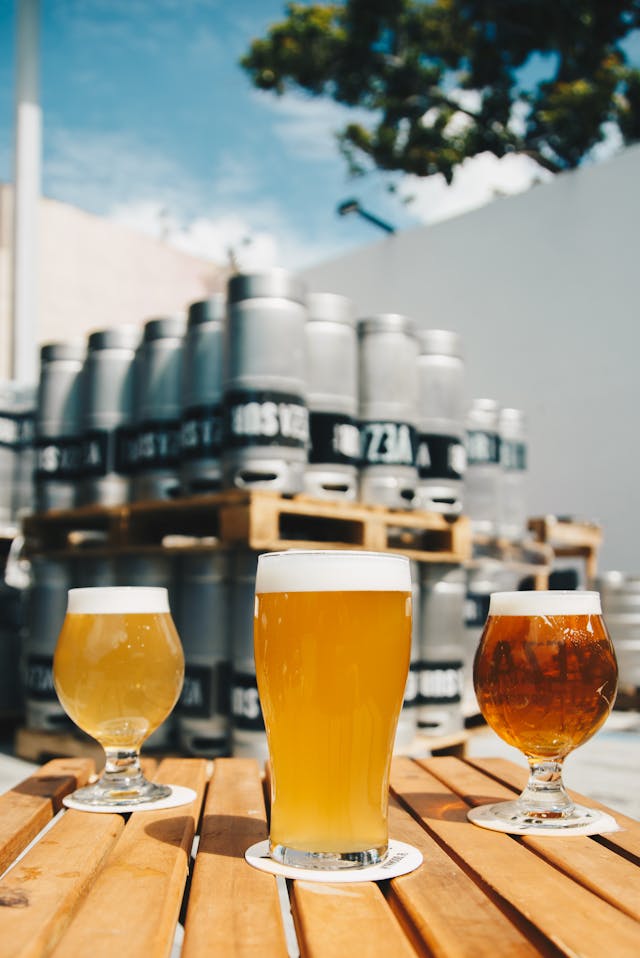Germany, long revered for its traditional beer culture and strict adherence to the Reinheitsgebot (German Beer Purity Law), is experiencing a craft beer revolution. While the country’s iconic pilsners, hefeweizens, and bocks remain beloved staples, a new generation of brewers is pushing the boundaries of German beer, introducing exciting flavors and styles that challenge centuries-old traditions.
The Craft Beer Movement Takes Root
The craft beer movement, which began in the United States in the 1970s, took longer to gain traction in Germany. The country’s deep-rooted beer traditions and the Reinheitsgebot, which limits beer ingredients to water, hops, malt, and yeast, initially posed challenges for innovative brewers. However, in the past decade, Germany has seen a significant increase in craft breweries, with their numbers more than doubling since 2010.
Breaking from Tradition
German craft brewers are introducing styles that were previously uncommon or non-existent in the country. India Pale Ales (IPAs), known for their hop-forward profiles, have gained popularity. Sour beers, barrel-aged brews, and experimental ales infused with fruits, spices, or even coffee are now part of the German beer landscape. These new styles appeal to younger drinkers and beer enthusiasts seeking more diverse flavor profiles.

Reinheitsgebot: Constraint or Opportunity?
Interestingly, many German craft brewers view the Reinheitsgebot not as a limitation but as a challenge to their creativity. They’re finding innovative ways to work within the law’s constraints while still producing unique and flavorful beers. This has led to the development of distinctly German interpretations of international beer styles, showcasing the country’s brewing expertise in new and exciting ways.
Urban Centers Lead the Way
Cities like Berlin, Hamburg, and Munich are at the forefront of Germany’s craft beer scene. These urban centers host numerous craft beer bars, festivals, and brewpubs, catering to both locals and tourists eager to explore beyond traditional German beers. Berlin, in particular, has become a hotspot for craft beer innovation, with its diverse, international population contributing to a vibrant brewing culture.
Collaboration and Cross-Cultural Exchange
German craft brewers are increasingly collaborating with international counterparts, leading to exciting hybrid beers that blend German brewing traditions with global influences. These collaborations not only produce unique beers but also facilitate the exchange of ideas and techniques, further enriching Germany’s brewing landscape.
Challenges and Opportunities
Despite its growth, the German craft beer movement faces challenges. The dominance of large, traditional breweries and the higher price point of craft beers can make market penetration difficult. However, growing consumer interest in artisanal products and unique flavors provides opportunities for craft brewers to carve out their niche.
Impact on Traditional Breweries
The rise of craft beer has not gone unnoticed by Germany’s traditional breweries. Many are responding by introducing their own craft-inspired lines or acquiring smaller craft breweries. This trend is leading to a more diverse beer market overall, benefiting consumers with a wider range of choices.
Looking to the Future
As the German craft beer scene continues to evolve, it’s clear that it’s not just a passing trend but a significant shift in the country’s beer culture. While traditional German beers will always have their place, craft beer is opening up new possibilities, attracting a new generation of beer drinkers, and showcasing the innovation and skill of German brewers on a global stage.
The rise of German craft beer represents a harmonious blend of respecting tradition while embracing innovation. It’s an exciting time for beer lovers in Germany and around the world, as this brewing powerhouse enters a new era of creativity and diversity in its beer offerings.
